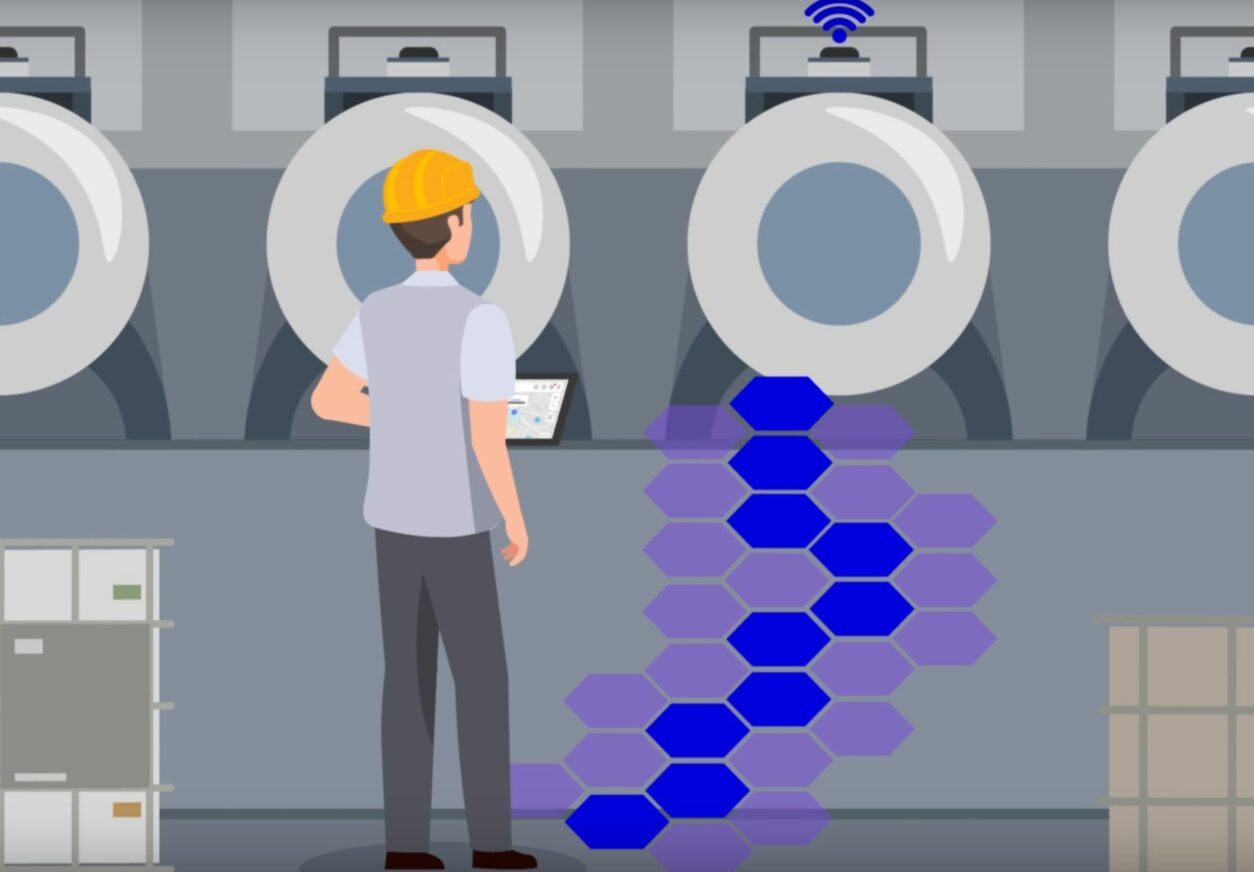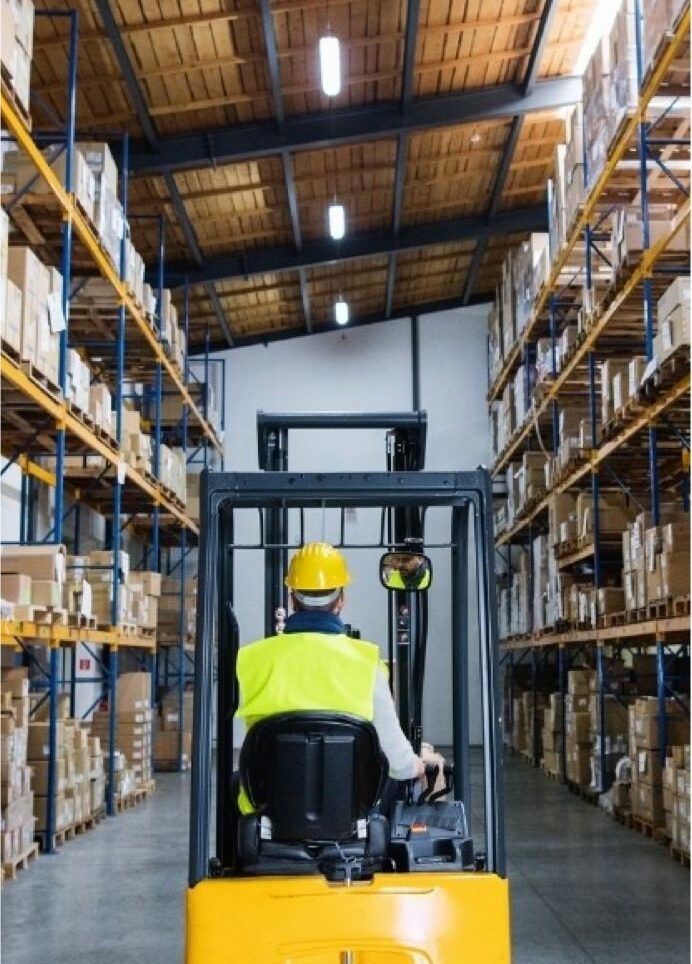In this article, we will define what a TMS and a WMS are, and we will establish the advantages and differences that exist between these two systems.
What is a WMS?
A WMS (Warehouse Management System) is a computer program which, as its name suggests, aims to optimise stock management within a warehouse. It allows companies to benefit from a perfect knowledge of the state of stocks, a better traceability of products and an optimisation of surfaces and is used to coordinate, control and optimise the flows specific to a warehouse.
The WMS is useful when warehouse management is accompanied by complex logistics. The software enables the supervision of the flow of merchandise and information through all areas of the warehouse, from reception to shipment. The management of human and material resources is then optimised and allows orders to be fulfilled within the required timeframe.
The WMS has powerful forecasting algorithms. It can thus anticipate peaks in activity, which allows logistics managers to assign the right teams to the right places, in order to avoid downtime and bottlenecks. In addition, reliable traceability tools ensure that stored materials are managed and orders are prepared accurately and quickly.
What is a TMS?
A TMS (Transport Management System) is software dedicated to the management of transport in the supply chain. It allows any fleet of vehicles to be governed, managing the planning of rounds, the scheduling of drivers, the organisation of loading, unloading and deliveries and the invoicing of the service.
A TMS intervenes on the strategic, tactical and operational side of transport management. Thanks to a high-performance geolocation system, it enables the company’s activity to be analysed in real time in order to propose efficient transport solutions, adapted to the customer’s demands and constraints.
The TMS offer is multiple. This software is equally well suited to shippers and carriers. In the case of a shipper TMS, it enables the company to generate calls for tender from suppliers in order to optimise the costs associated with this activity. The role of a carrier TMS will be to optimise the means of transport by planning the rounds in order to optimise the management of resources linked to this activity.
The advantages of a TMS and WMS
Both systems have many advantages.
The advantages of the WMS include:
- Optimisation of the storage area,
- Reduction of storage costs,
- Reduction of fixed assets thanks to the resizing of stocks,
- Analysis of consumption in relation to seasonality,
- Reduction of preparation errors,
- Traceability of flows in real time,
- Increase in the service rate.
The benefits of TMS include:
- Automation of tasks,
- Improved traceability of goods and deliveries,
- Optimisation of processes and delivery means,
- Standardisation and clarification of information for better communication with drivers,
- Better management of delivery priorities, multimodal transport, potential load breaks and export constraints,
- A more global vision of the whole activity in order to identify potential dysfunctions and to remedy them more easily.
The differences between a TMS and WMS
The TMS and the WMS are two software packages specialising in supply chain management. They differ in their contexts of use. The TMS offers functionalities dedicated exclusively to the management of transport activities, which is not the case for the WMS. The TMS is in fact reserved for the external management of the warehouse, whereas the WMS is specialised in the internal management of the warehouse.
However, TMS and WMS software are in fact complementary, transport being a key element of logistics. Moreover, they have a common objective: they both allow companies to be part of a continuous improvement process thanks to the reporting established to monitor and analyse the strengths and weaknesses of the organisation, in order to implement measures aimed at improving the company’s performance in the activities concerned.
Written by Emma Guignard








